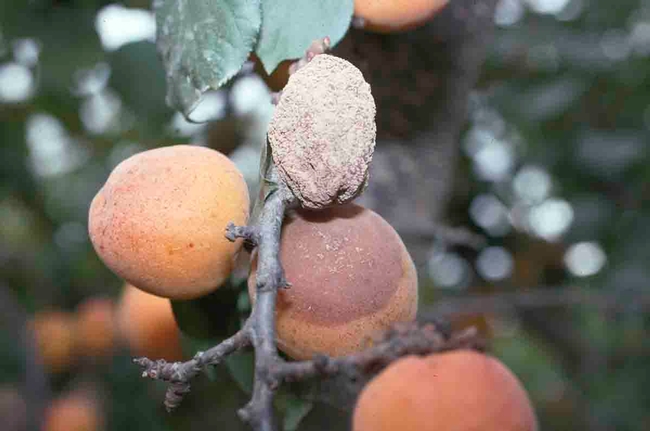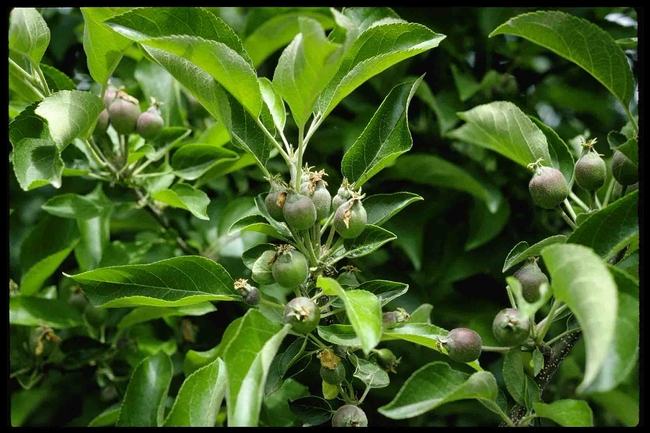It is time to start thinking about thinning the fruit on peach, nectarine, plum, pluot, apricot, apple, and pear trees.

Fruit should be thinned when it is about three-quarters of an inch in diameter. Thinning is usually done from early April to mid-May, depending on whether the fruit is an early-ripening or late-ripening variety. Fruit should be thinned when it is about three-quarters of an inch in diameter. If fruit is smaller than this, it may be too hard to see, but if thinned when the fruit is larger than this part of the advantage of thinning will be lost. The larger the fruit is when it is thinned, the smaller the ripe fruit will be at harvest. In other words, it is best to thin fruit early -- but not too early. Thinning also provides an opportunity to remove small, misshapen, or damaged fruit, and these should be the first ones eliminated by thinning. Retain the largest fruit whenever possible.

Rather than pulling it from the branch, fruit should be hand thinned either by 1) twisting it off the stem, 2) pinching off the stem between the fingernails of the thumb and index finger, or 3) using clippers. Peaches and nectarines should be thinned to about five to eight inches apart on the branch. Plums and pluots are smaller, so they can be slightly closer together, about four to six inches apart. Apricots are smaller still and can be thinned to about three to five inches apart. Apples and pears produce clusters of flowers and fruit from each bud and should be thinned to one fruit per cluster. However, if the crop is light, two fruit per cluster is acceptable. If the apple or pear crop is heavy, the fruit should be spaced no less than six to eight inches apart. Since the stems of apples and pears are relatively thick and tough, it is best to use clippers to thin them.
Most home fruit growers do not thin enough fruit from their trees. While it may be hard to thin off that potential fruit, if thinning is done properly both the harvester and the trees will reap the benefits.

Vegetable Plant Sale! Stock up on popular varieties of vegetable plants at our Plant Sale TOMORROW (Saturday, April 2, 2022) from 9 to 11 am. The sale will take place at the Master Gardener Demonstration Garden at Patrick Ranch (10381 Midway, Durham) rain or shine. For more details, including a plant list, check our Vegetable Plant Sale webpage.
UC Master Gardeners of Butte County are part of the University of California Cooperative Extension (UCCE) system. To learn more about us and our upcoming events, and for help with gardening in our area, visit our website. If you have a gardening question or problem, email the Hotline at mgbutte@ucanr.edu (preferred) or call (530) 538-7201.

